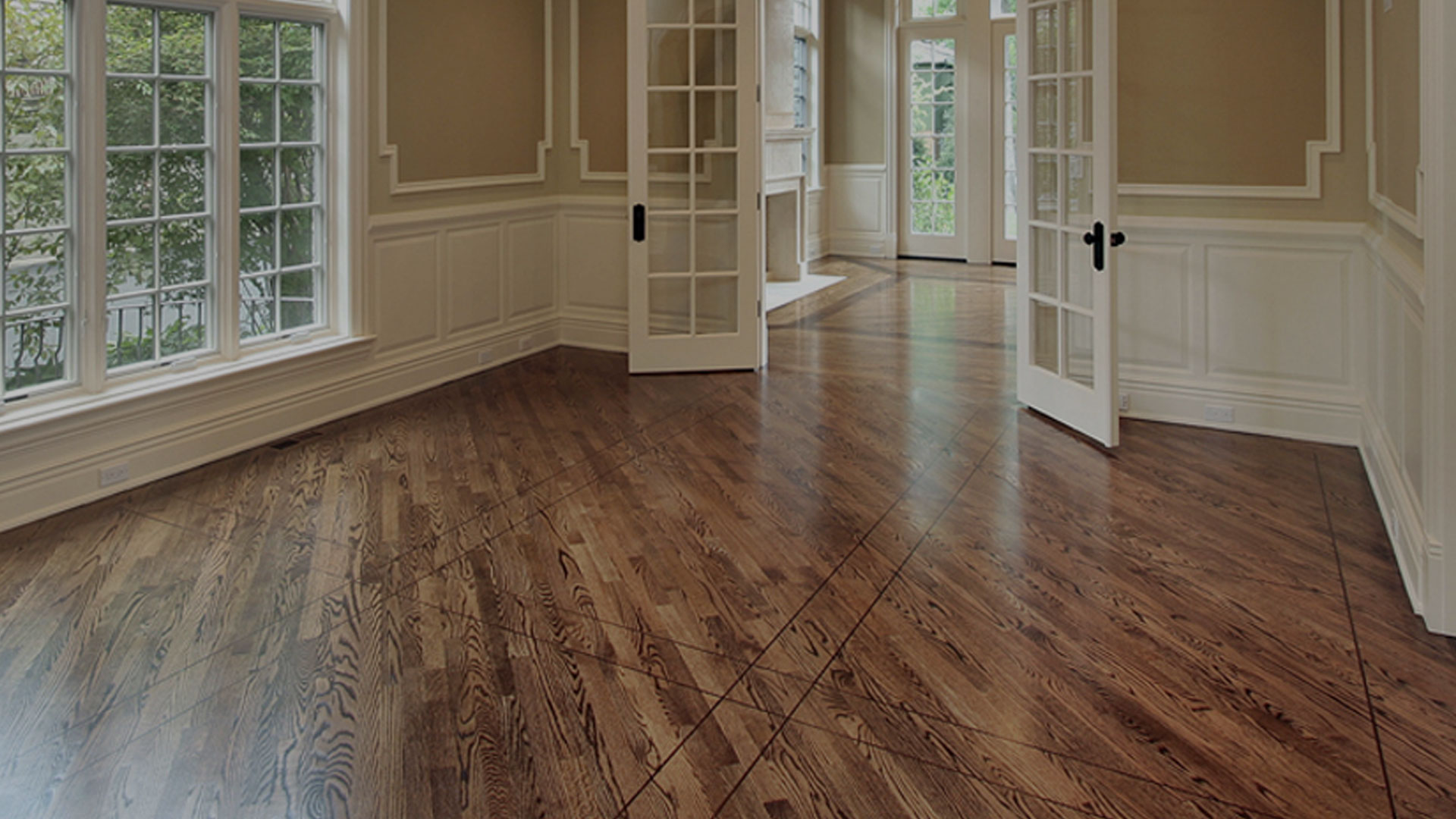Installing new flooring can transform the look and feel of your home, adding value and comfort. Whether you live in a historic home in the Pearl District or a modern condo in the South Waterfront, selecting the right flooring and installation method is crucial. This guide will walk you through the process of installing flooring yourself and help you decide whether to tackle the project independently or hire professionals.
Types of Flooring
Before diving into the installation process, it’s essential to choose the right type of flooring for your home. Popular options include:
- Hardwood: Classic and durable, suitable for living rooms and bedrooms.
- Laminate: Affordable and easy to install, ideal for high-traffic areas.
- Vinyl: Water-resistant and versatile, great for kitchens and bathrooms.
- Tile: Durable and moisture-resistant, perfect for bathrooms and entryways.
- Carpet: Soft and warm, best for bedrooms and cozy living spaces.
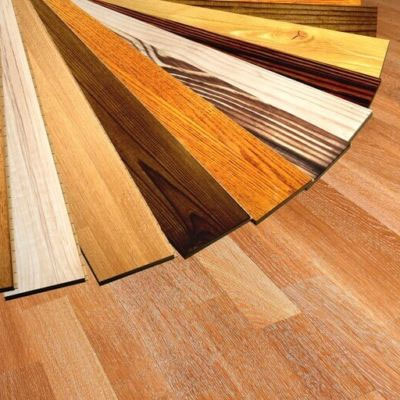
Tools and Materials Needed
For a successful DIY flooring installation, gather the following tools and materials:
- Measuring tape
- Chalk line
- Utility knife
- Pry bar
- Rubber mallet
- Spacers
- Adhesive or nails (depending on flooring type)
- Underlayment (if required)
- Flooring materials
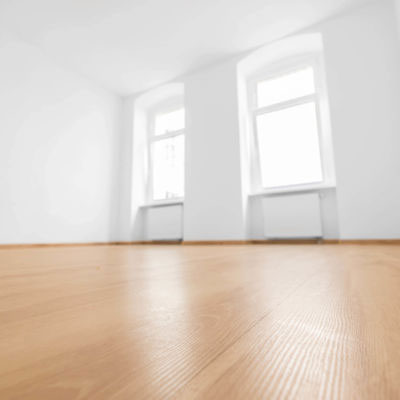



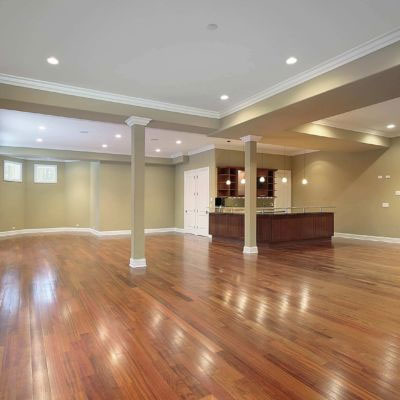
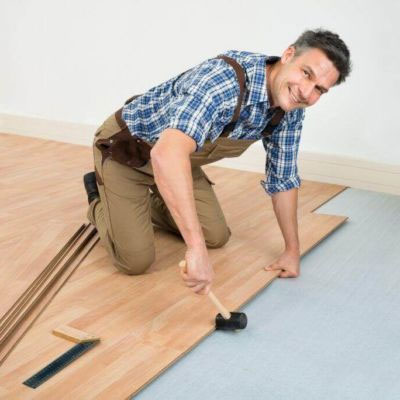
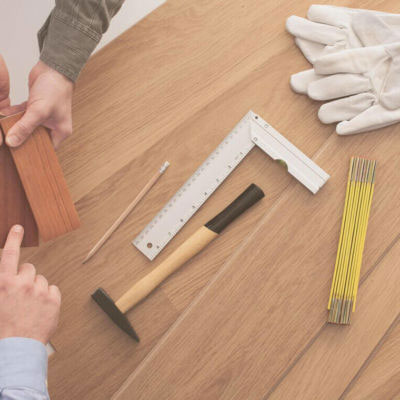
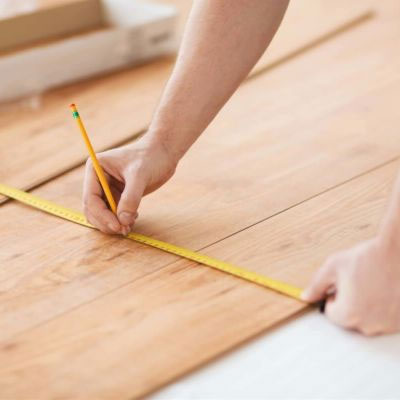
Step-by-Step Guide to Installing Flooring
- Preparation
- Clear the Room: Remove all furniture and old flooring.
- Inspect the Subfloor: Ensure it’s clean, dry, and level. Repair any damages.
- Acclimate the Flooring: Let your new flooring adjust to the room’s temperature and humidity for at least 48 hours.
- Measuring and Planning
- Measure the room’s dimensions accurately.
- Use a chalk line to mark the starting point for your first row of flooring.
- Installing Underlayment
- Roll out the underlayment and trim it to fit the room.
- Tape the seams to create a continuous moisture barrier (if applicable).
- Laying the Flooring
- Hardwood or Laminate: Start from one corner, placing spacers between the flooring and wall to allow for expansion. Click or nail the planks together, ensuring a tight fit.
- Vinyl or Tile: Apply adhesive to the subfloor or underlayment. Place the tiles or planks, pressing firmly. Use spacers to maintain even gaps for grout in tile installations.
- Cutting and Fitting
- Use a utility knife or saw to cut flooring pieces to fit around corners and doorways.
- Install the last row, ensuring it fits snugly with the spacers.
- Finishing Touches
- Remove spacers and install baseboards or molding to cover the expansion gap.
- Clean the new floor and move your furniture back in carefully.
Pros and Cons of DIY Flooring Installation
Pros
- Cost Savings: Avoid labor costs by doing it yourself.
- Personal Satisfaction: Gain a sense of accomplishment from completing the project.
- Flexible Scheduling: Work on your own time, at your own pace.
Cons
- Time-Consuming: Installation can take several days, especially for beginners.
- Skill Level: Requires some level of skill and experience with tools.
- Potential Mistakes: Risk of errors that can be costly to fix.
Why Hire a Professional Flooring Company
Expertise and Experience
Professional installers have years of experience and training, ensuring a flawless installation. They can handle complex patterns, intricate cuts, and tricky spaces with ease.
Quality Assurance
Reputable flooring companies offer warranties on their work, providing peace of mind that the job is done correctly and to high standards.
Time Efficiency
What might take a homeowner several days or weeks can often be completed by professionals in a matter of hours or days. This minimizes disruption to your daily life.
Proper Tools and Materials
Professional installers come equipped with all necessary tools and high-quality materials, ensuring the best results for your flooring.
Conclusion
Deciding between DIY and hiring a professional for your flooring installation depends on your budget, skill level, and available time. For Portland residents, hiring a local professional might be the best option to ensure a high-quality, durable finish that enhances your home’s value and aesthetics. Whether you choose to take on the project yourself or seek expert help, new flooring is an investment in your home’s future.
